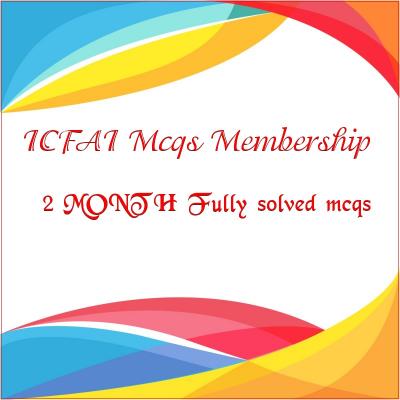Marketing Management
Price:
Rs2500
Project Report New
Product Details: Project report Marketing Management Systems project
Format: Word file
Pub. Date: NEW EDITION ready made
Publisher: MEHTA SOLUTIONS
Edition Description: NEW
Ready to submit project : yes
Number of pages : 65-70 project report plus synopsis
Data : current
RATING OF Project : EXCELLENT
ABOUT THE Project Report
FROM THE PUBLISHER
If you find yourself getting fed up and frustrated with other project report now Mehta Solutions brings top solutions for projects
1. Quality project report
2. Research methodology
3. Graphs , questionnaire
4. Conclusion
5. Everything in project
FAQ
1. I want changes in project
Ans Readymade project if changes required additional charges rs1500 applied
2. I want project report according to my university guidelines
Ans yes just attach guidelines
3. Total cost of project rs2500 mentioned
Ans yes readymade rs2500 and if any changes rs1500 extra
4. Synopsis included
Sol yes
5. How much time required if any changes required
Ans 4-7 days if changes required
6. Please not every faculty department we have
7. Please do not bargain for price its fixed cost company
8. Just order and pay
9. What is your official timing for faculty department
Ans 10 a.m to 8 p.m
1. FILE by email
2. Attachment in few hours or as depends upon work
3. pdf or word file
4. Rating of product : largest selling








